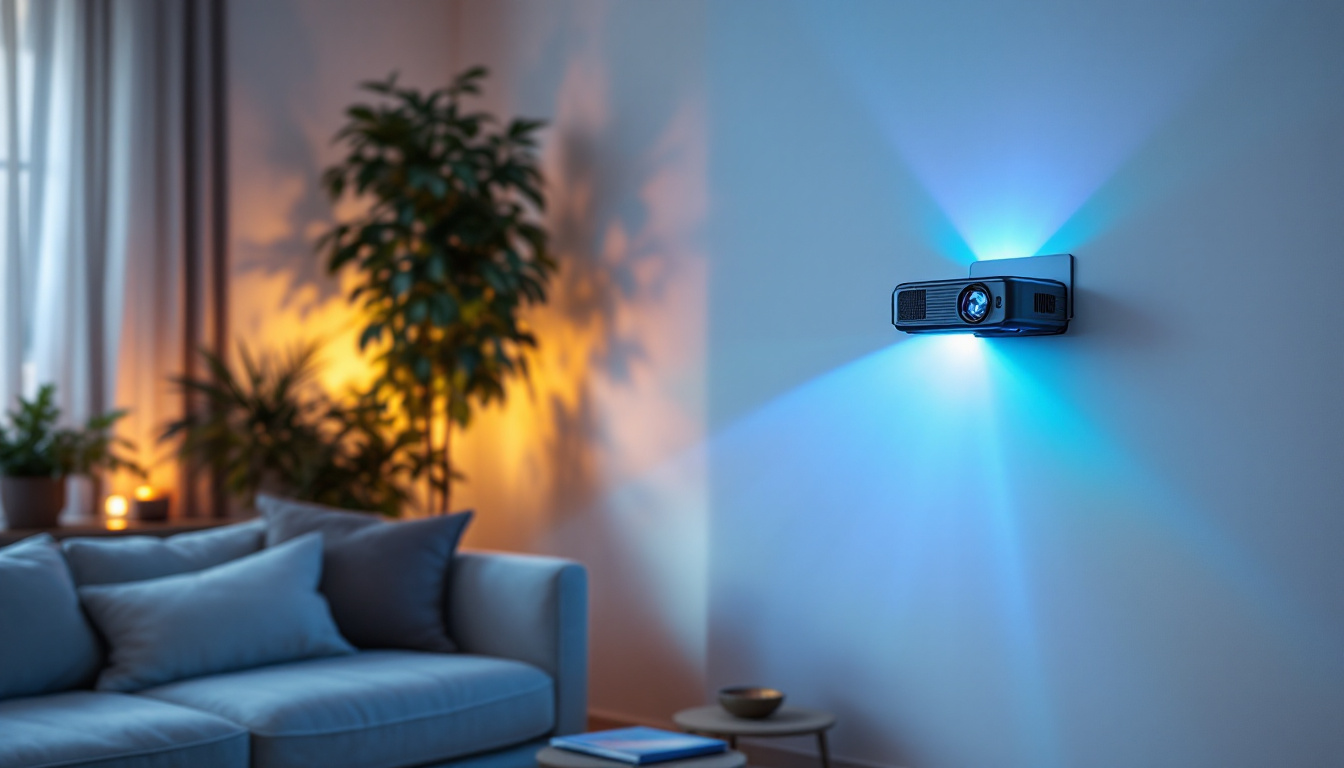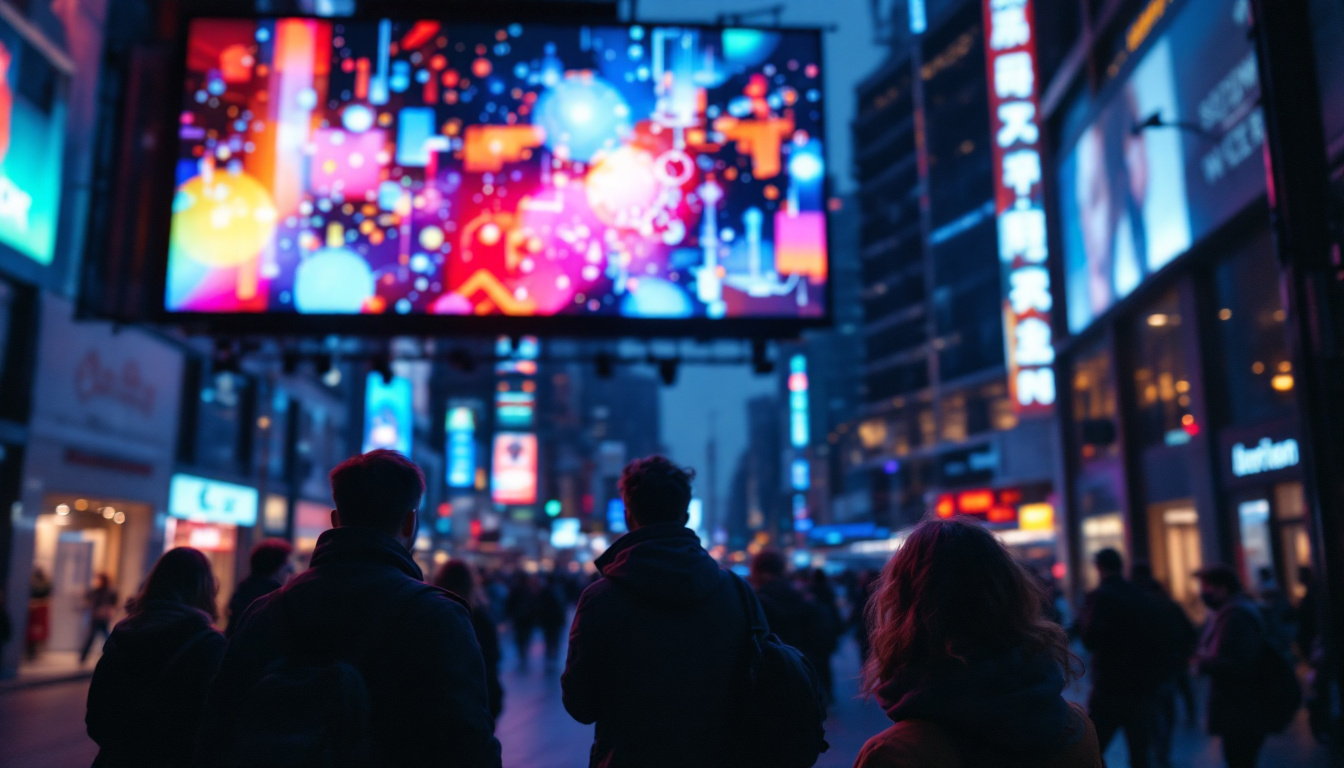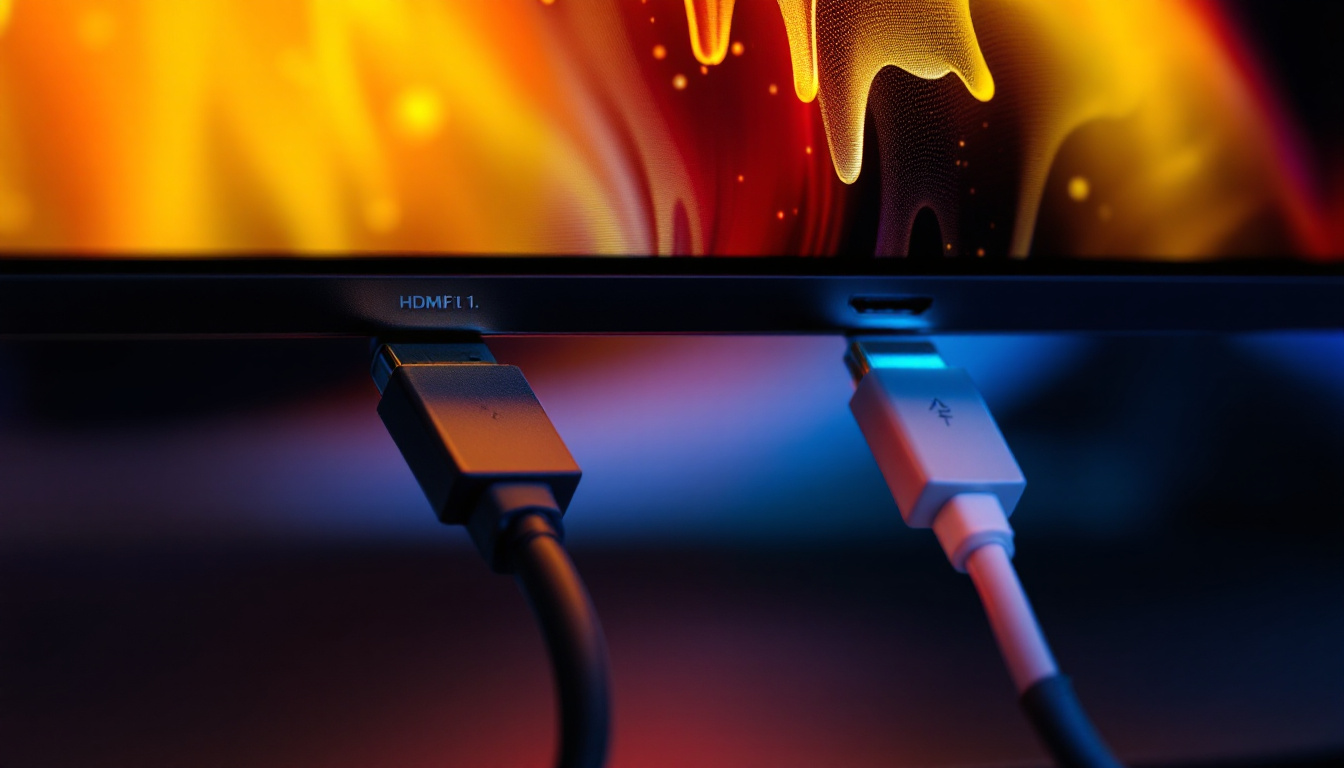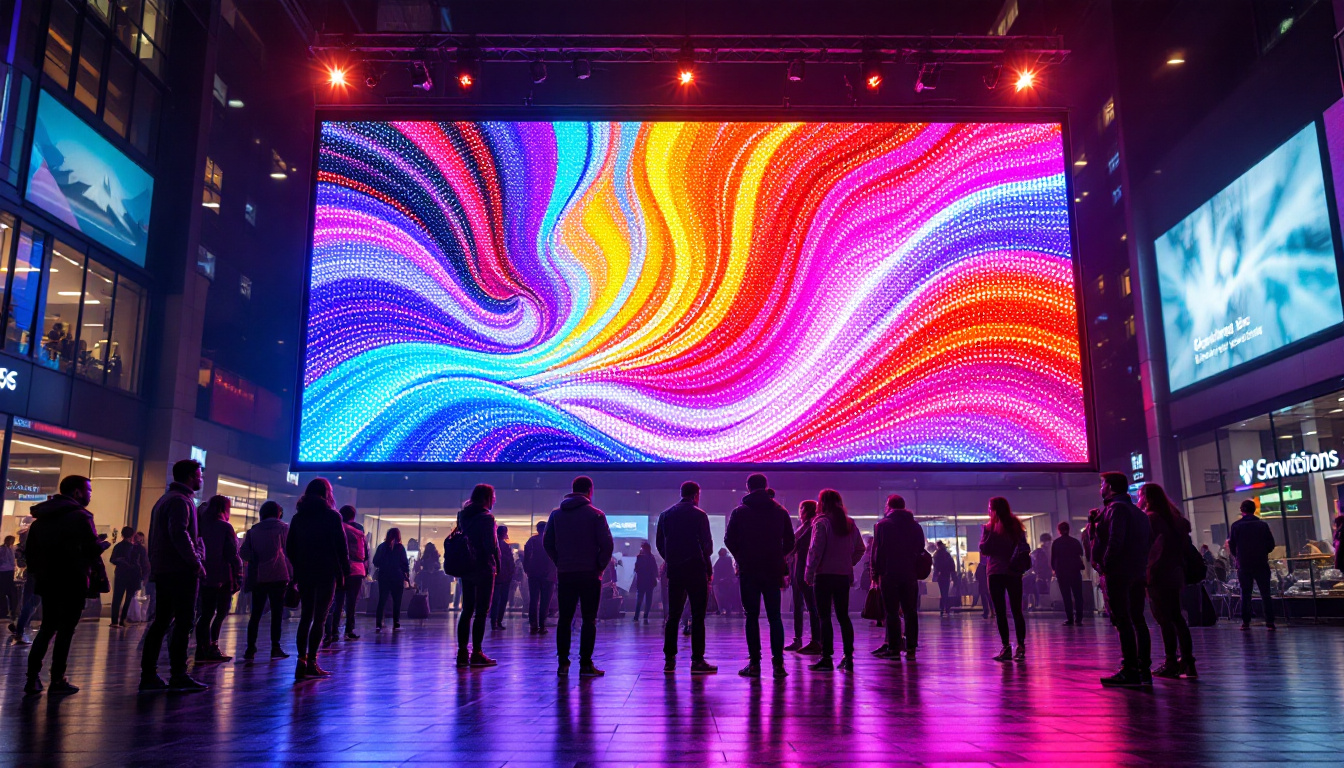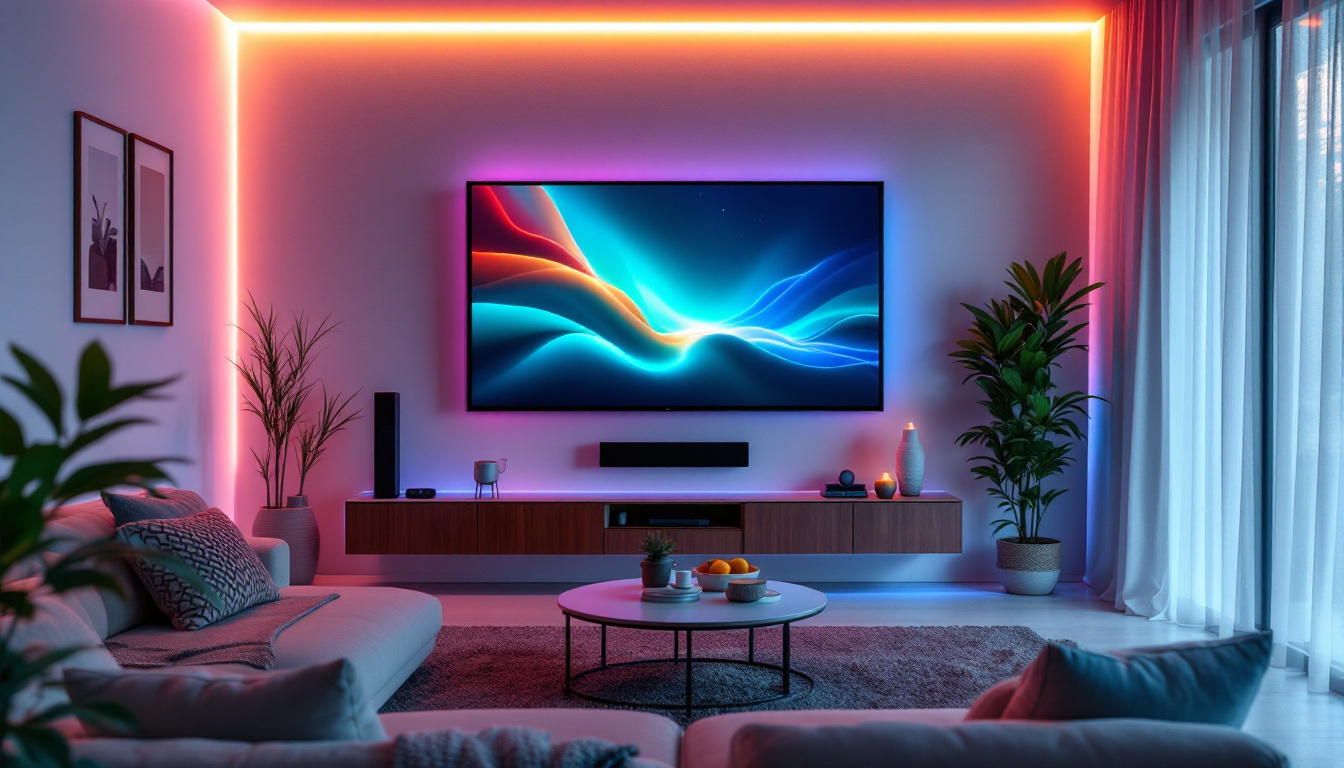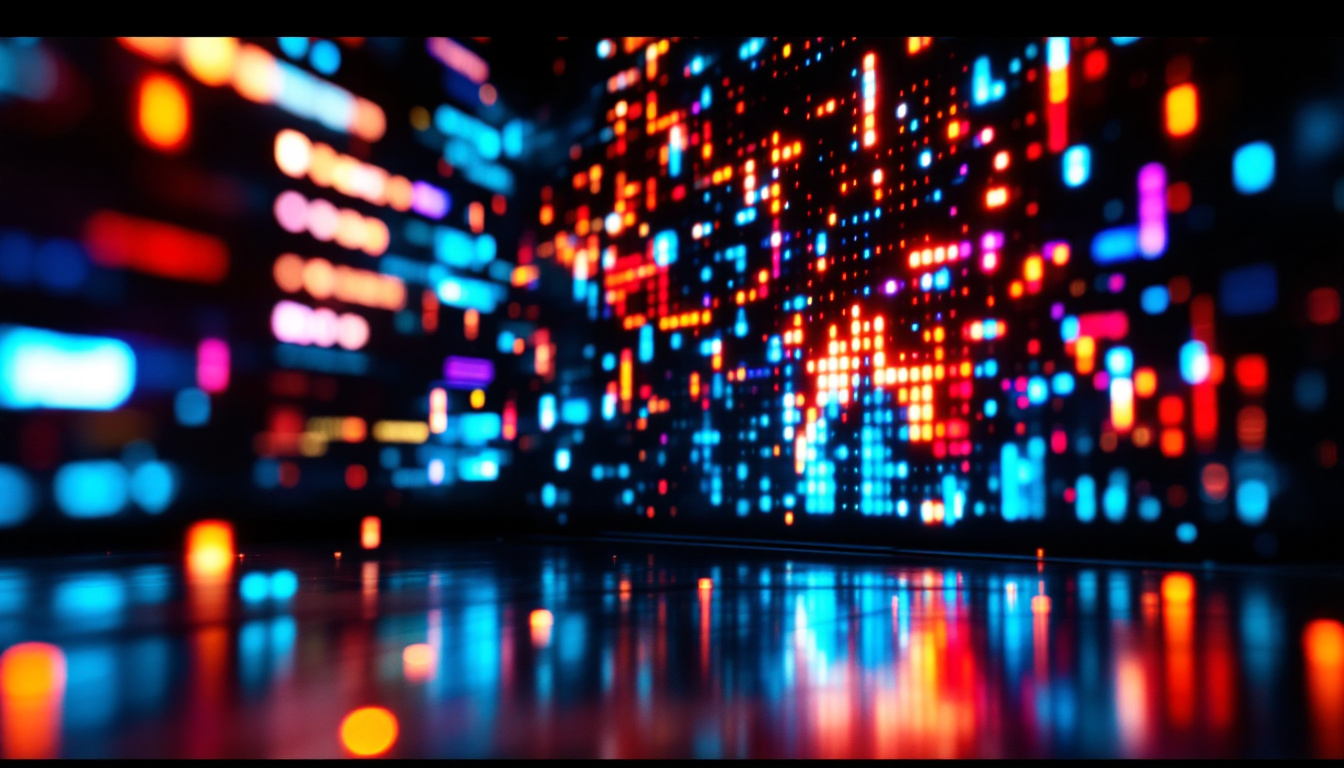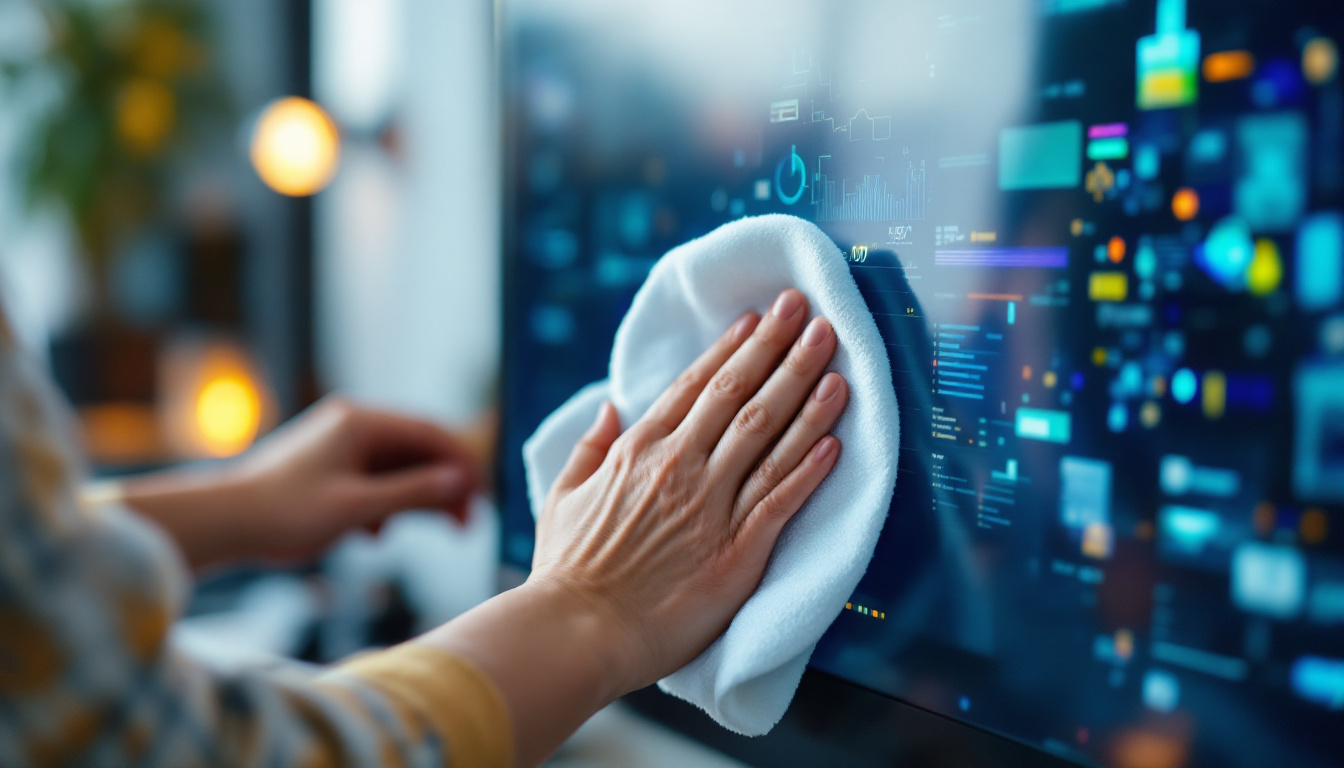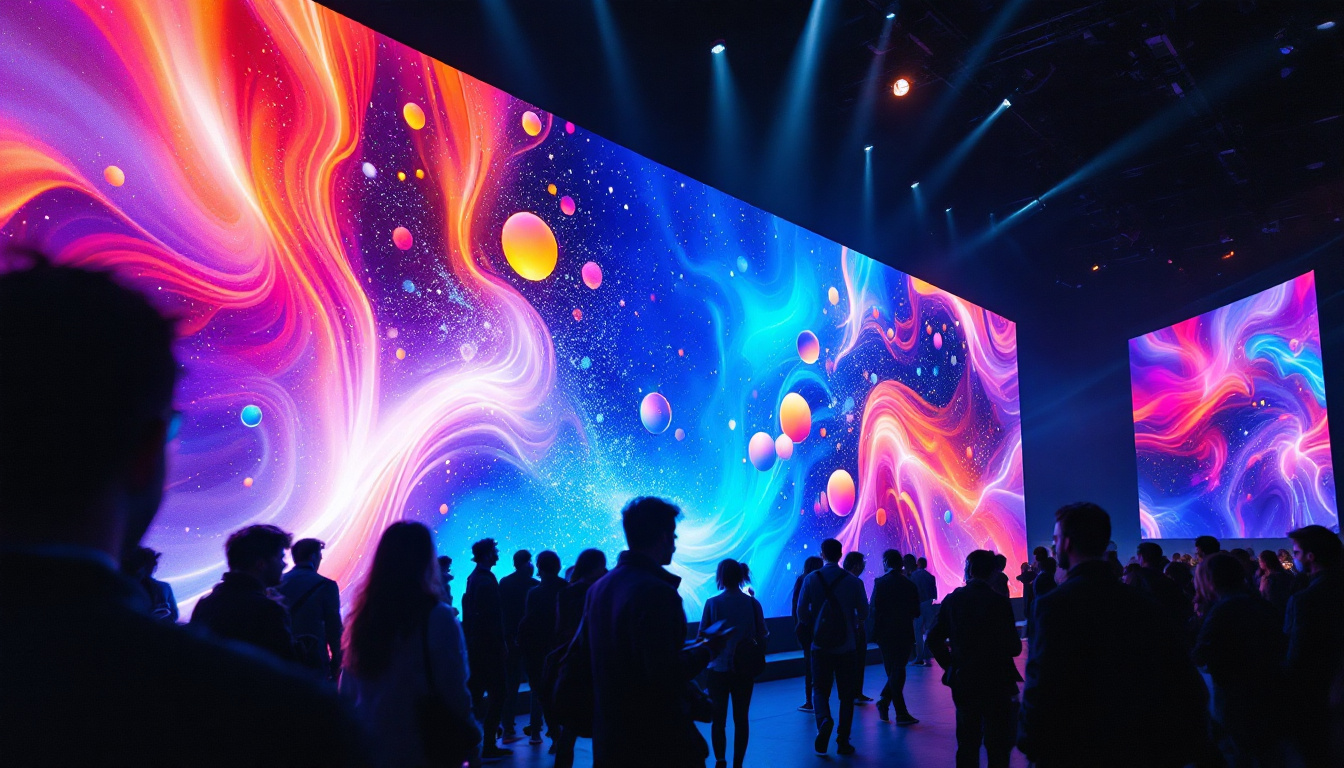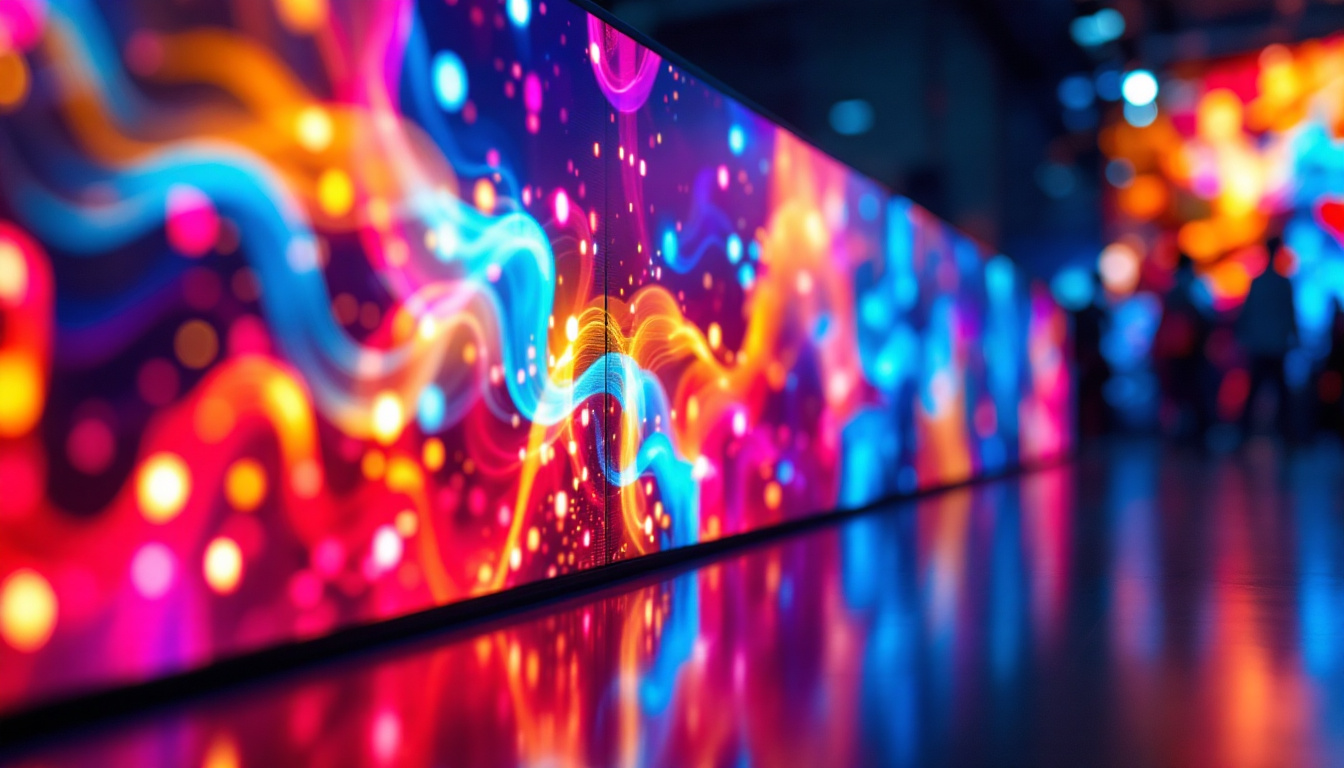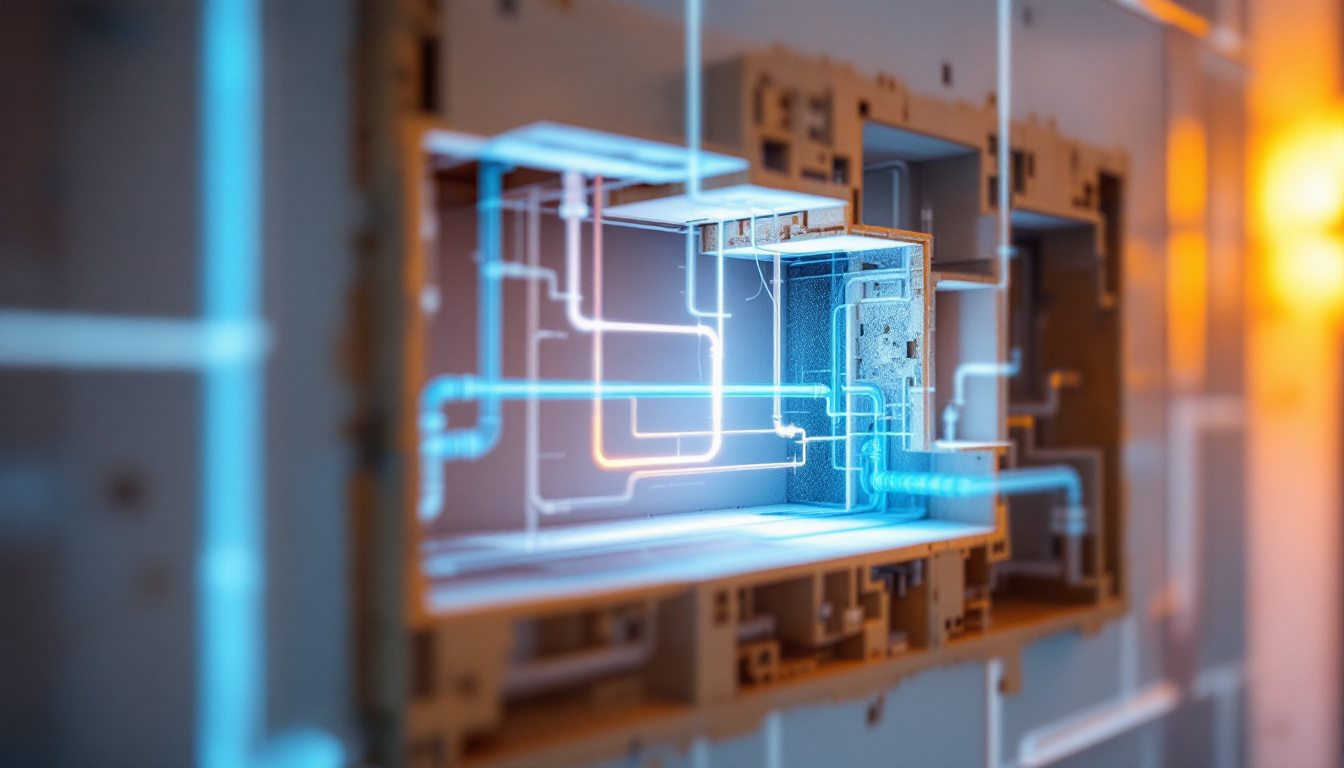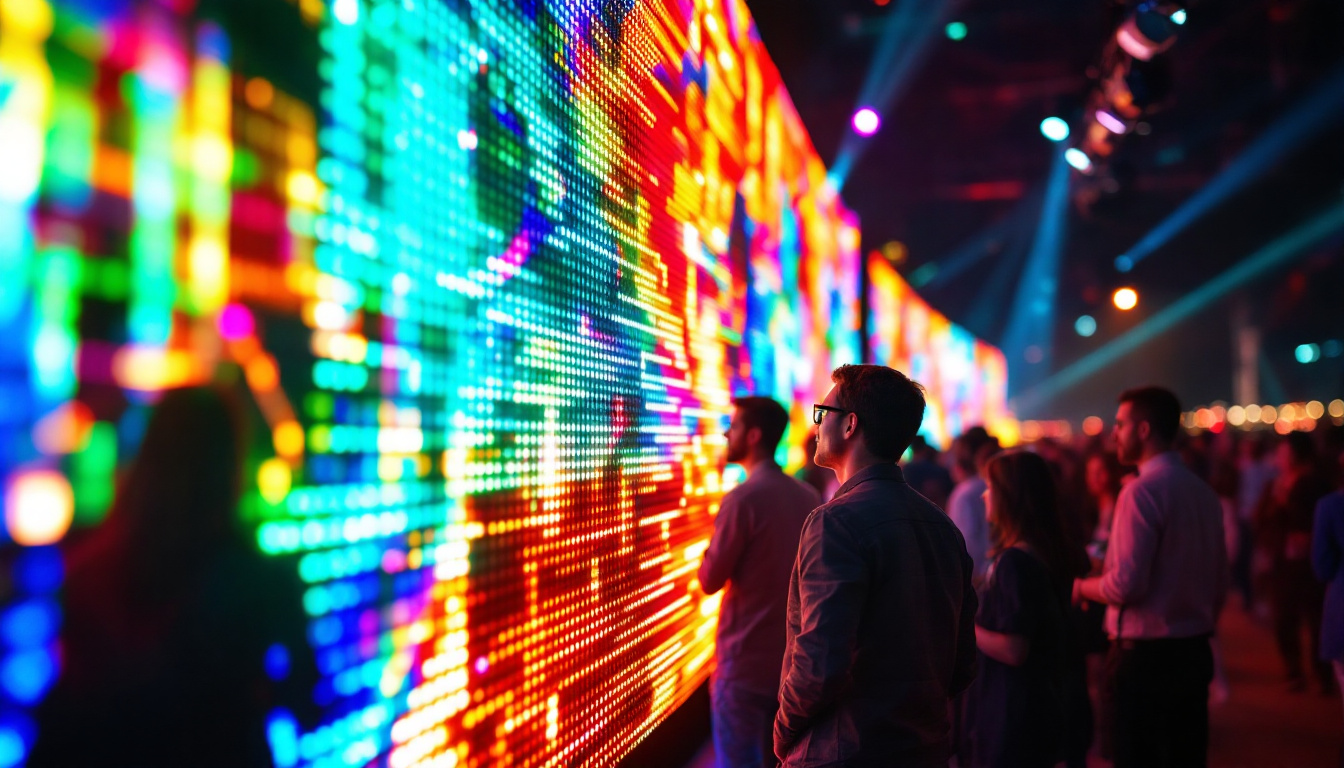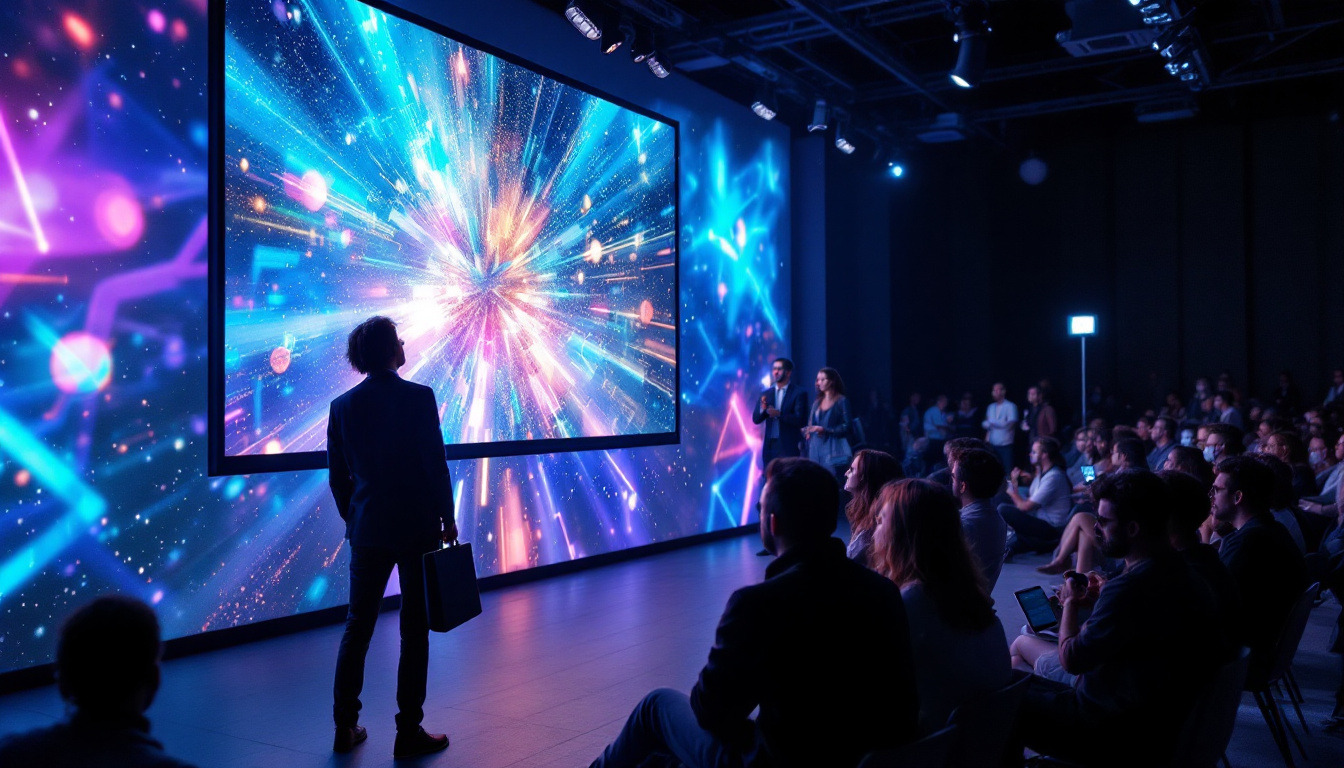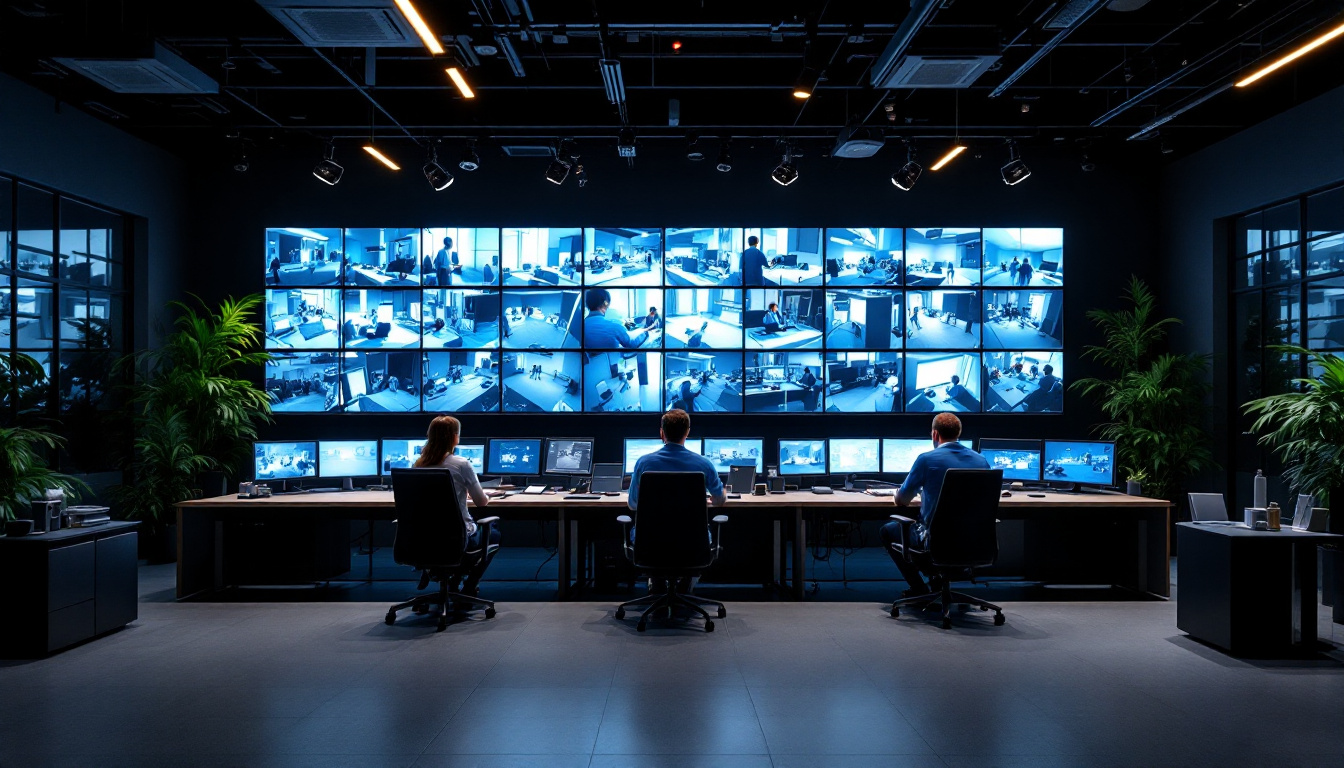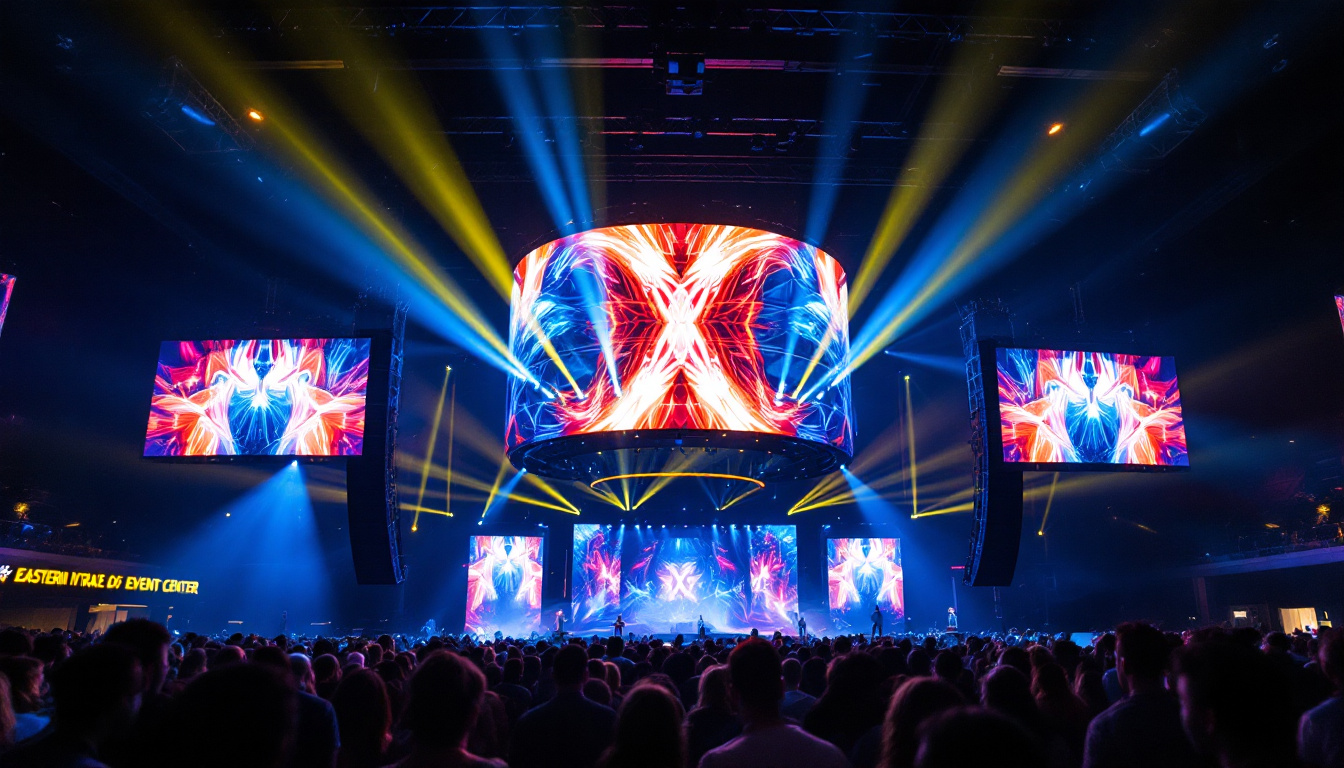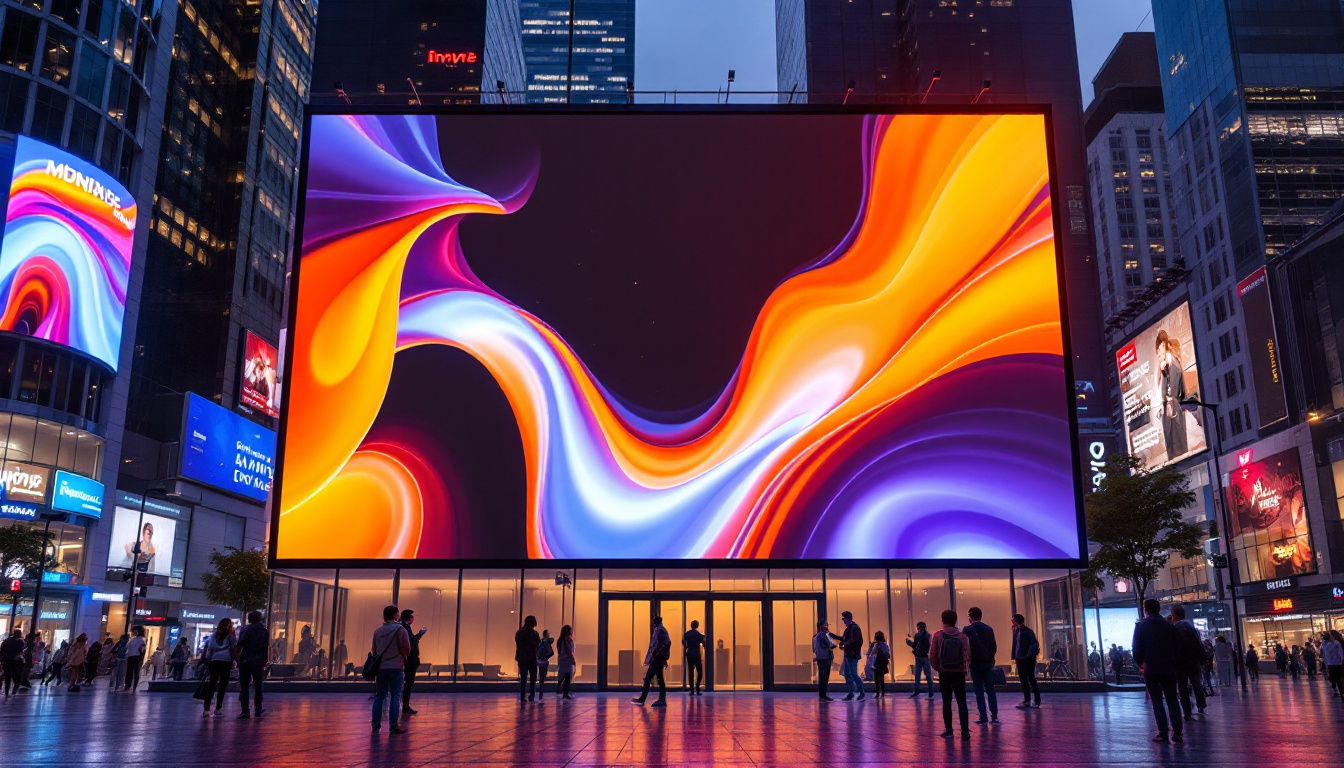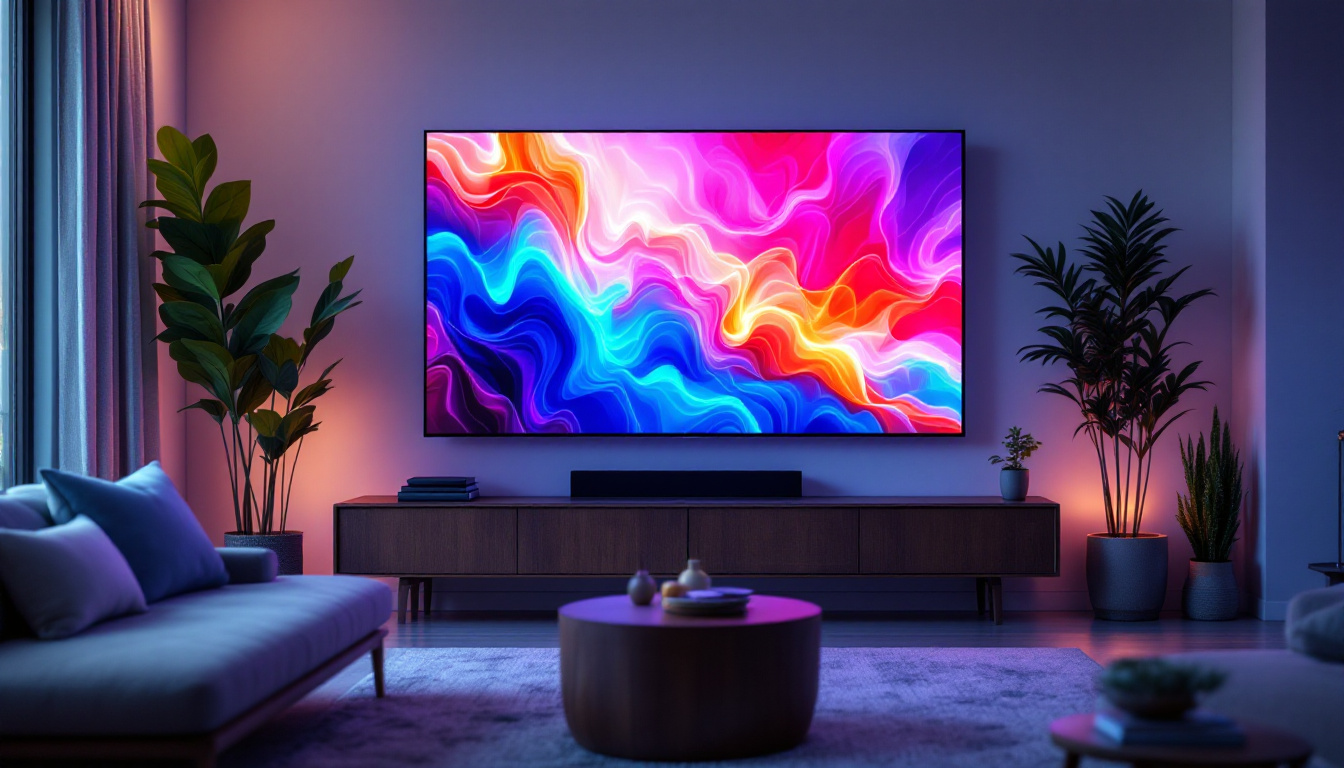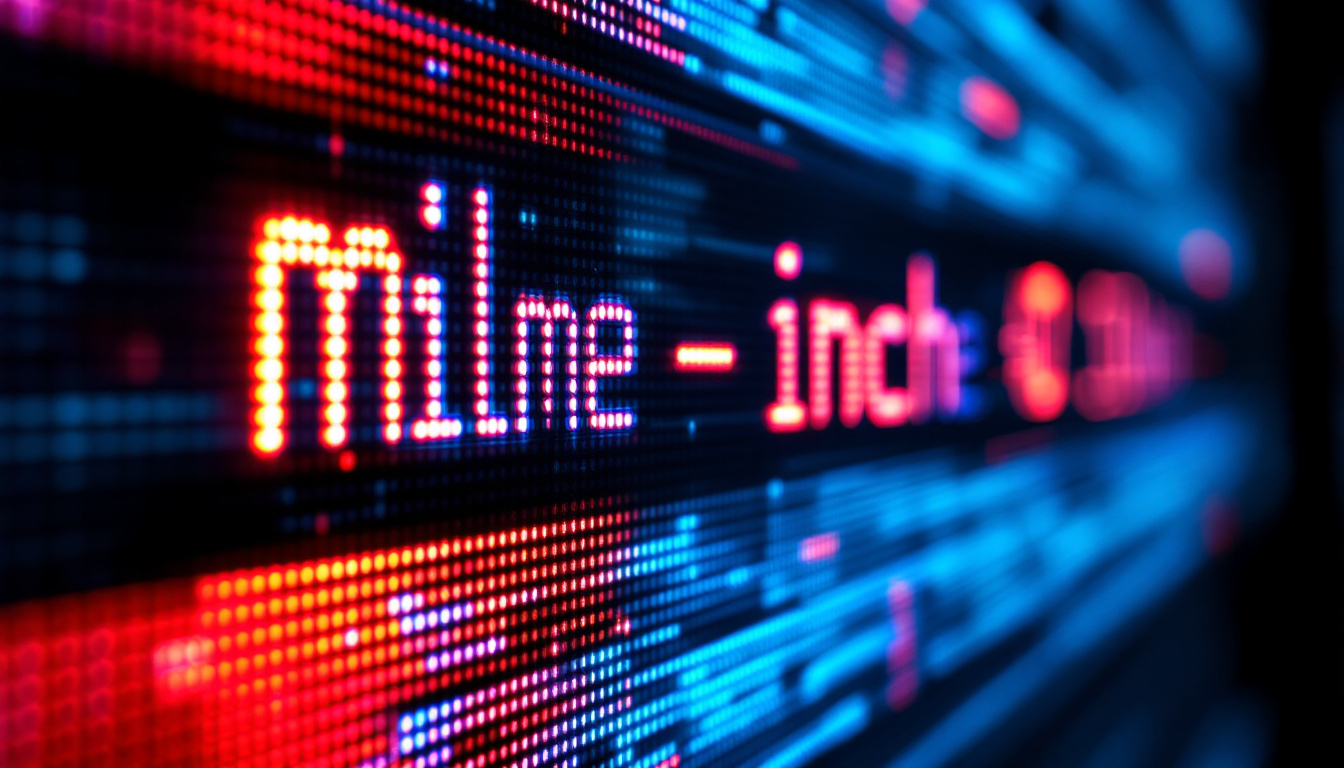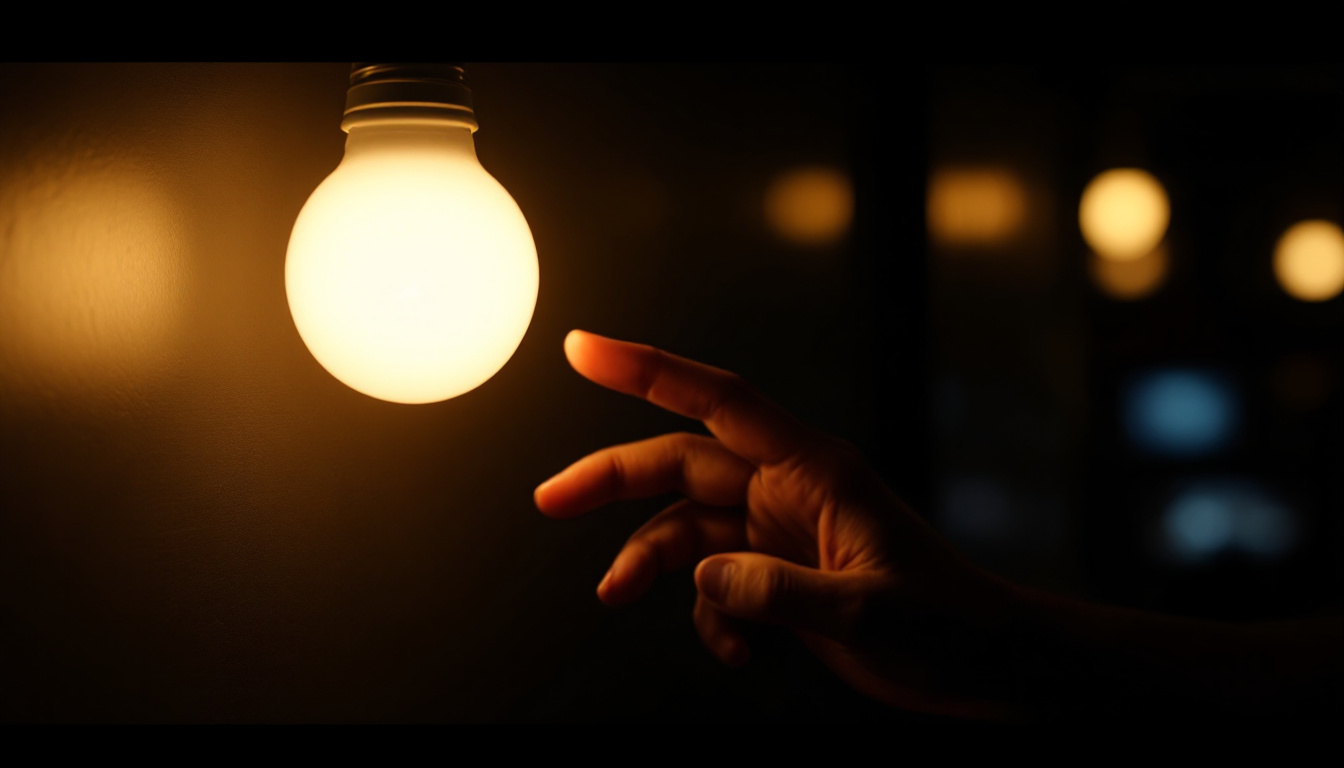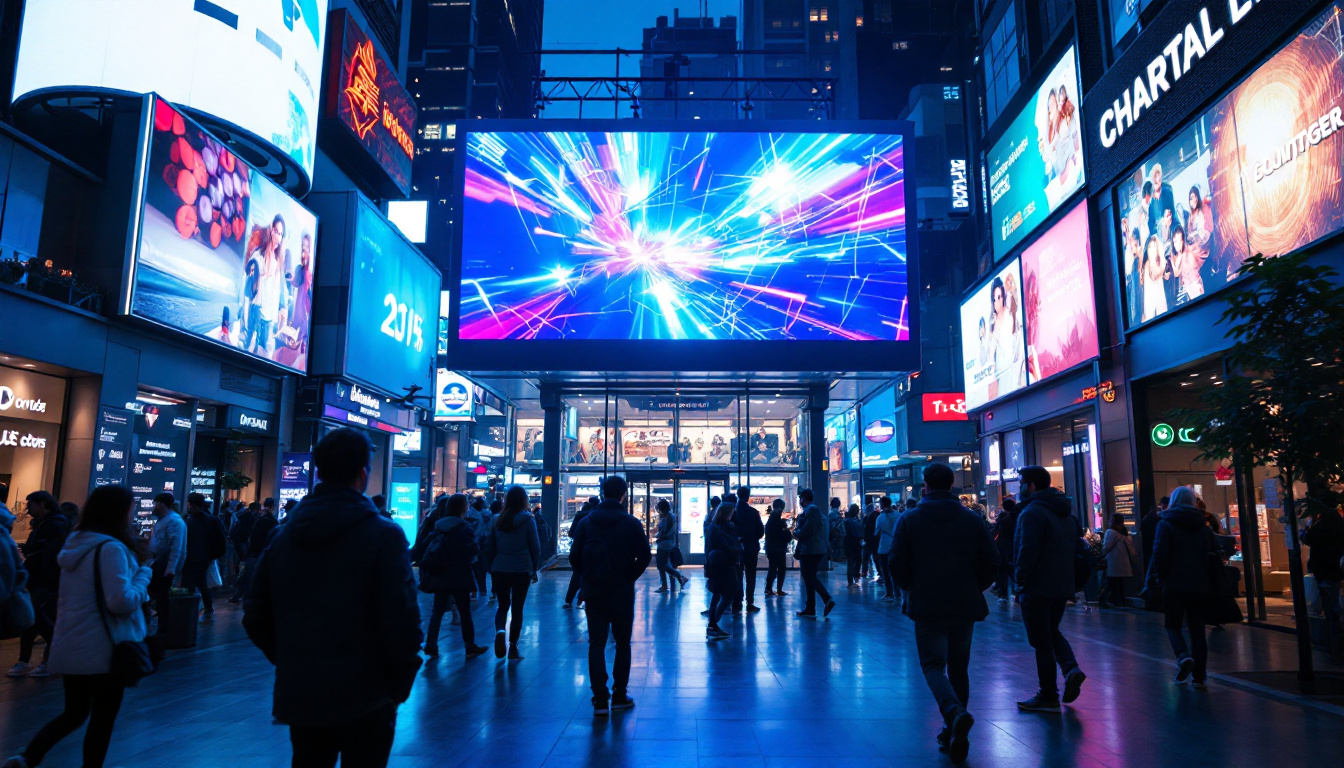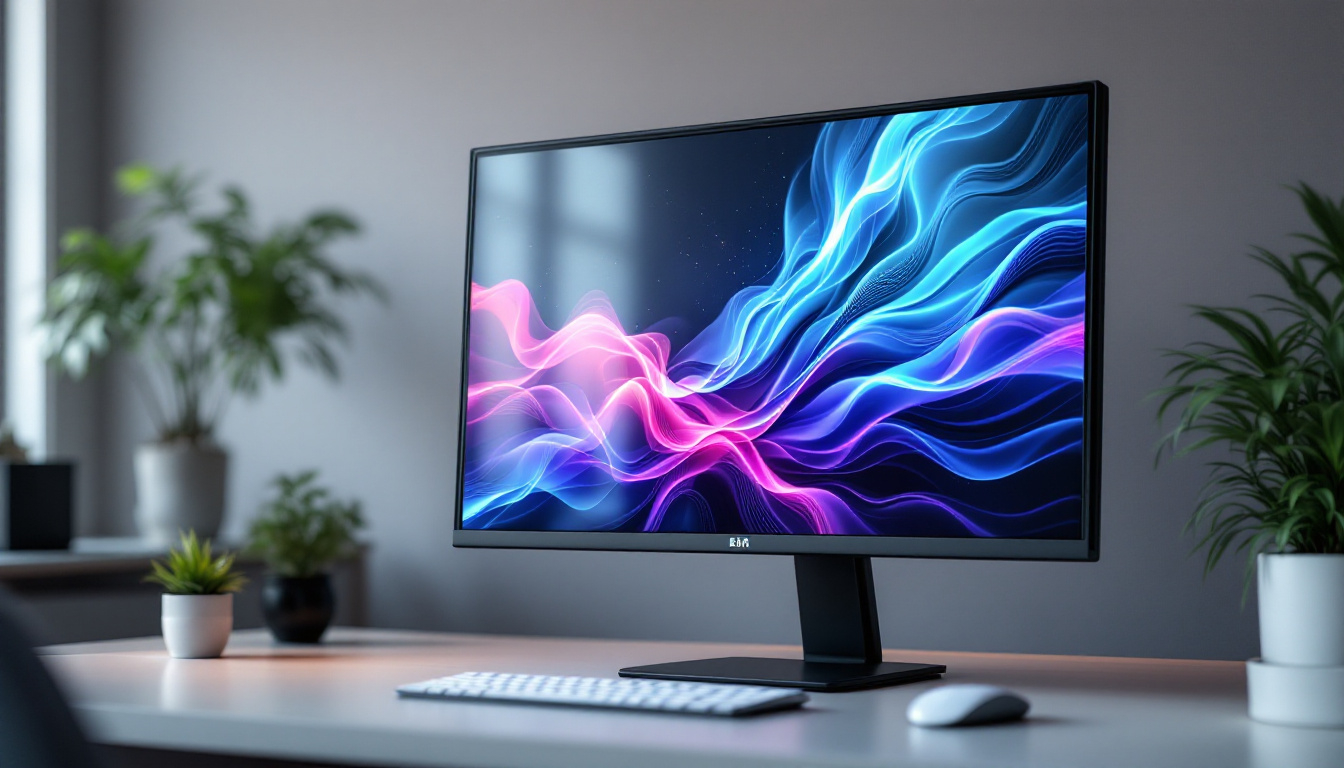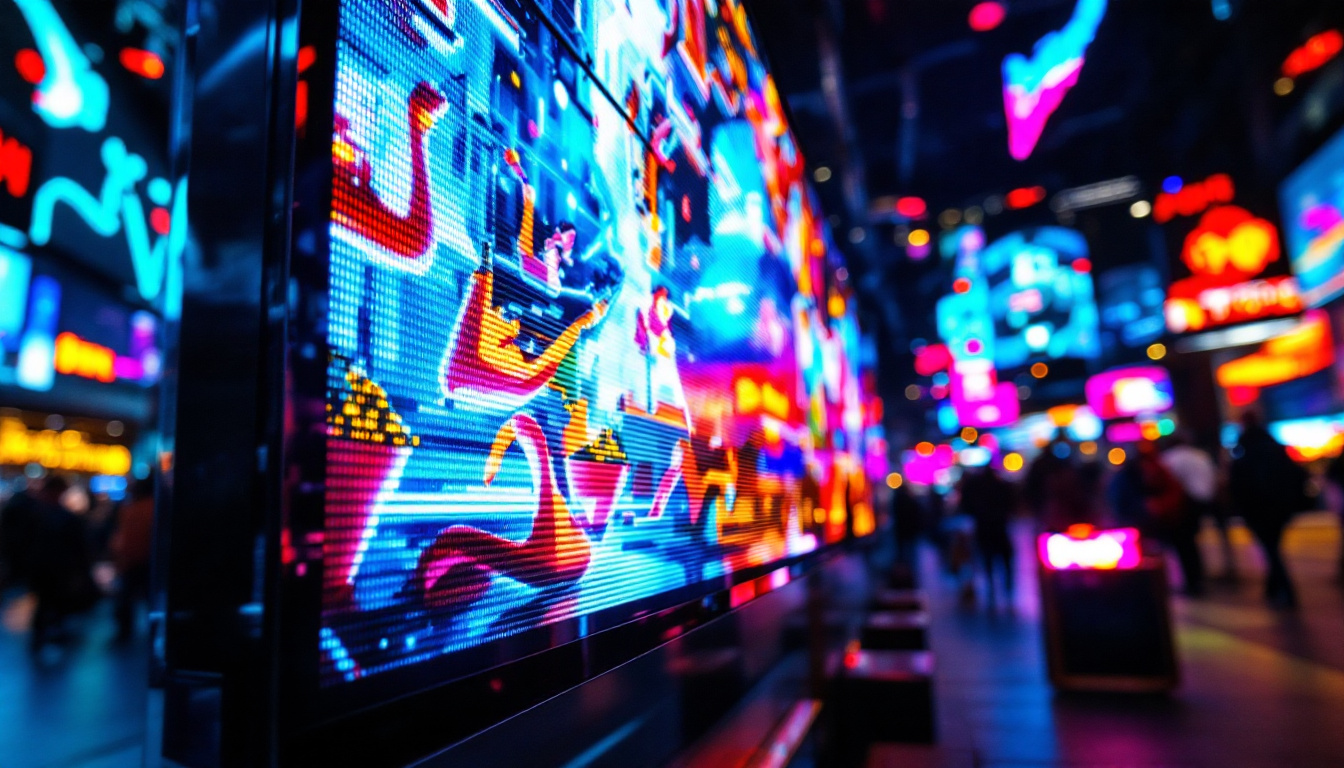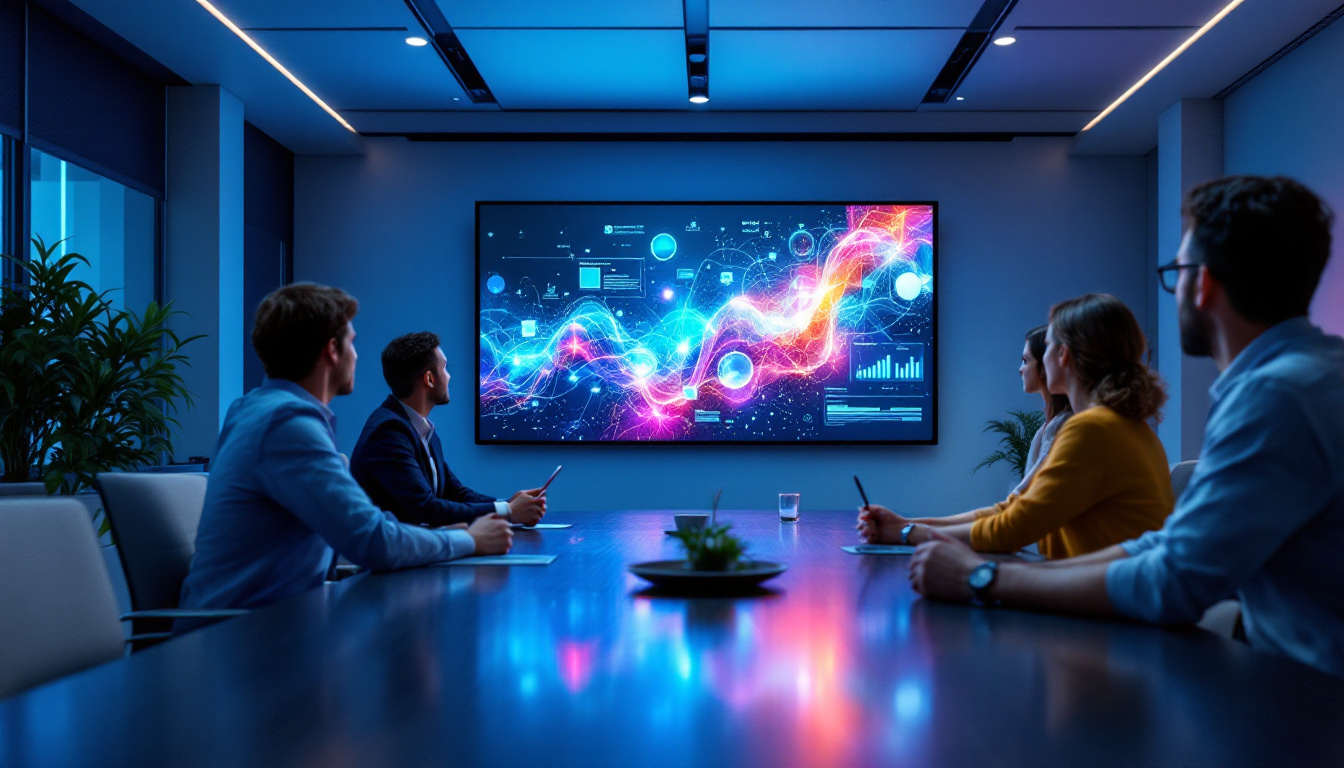The evolution of display technology has led to a fascinating array of options for both personal and professional use. Among these, wall projectors equipped with LED displays have gained significant popularity. This article delves into the workings, advantages, and applications of LED wall projectors, providing a comprehensive understanding of this innovative technology.
Understanding LED Technology
Light Emitting Diode (LED) technology has transformed the way visual content is displayed. Unlike traditional projectors that rely on lamps, LED projectors utilize small, energy-efficient diodes to produce images. This fundamental shift not only enhances the quality of the image but also extends the lifespan of the projector. The evolution of LED technology has made it accessible for a wide array of applications, from educational settings to high-end cinema experiences, allowing for a more versatile use of projection systems across different environments.
How LED Projectors Work
LED projectors generate images by combining red, green, and blue light emitted from individual diodes. These colors blend together to create a full spectrum of colors, resulting in vibrant and lifelike images. The light is then directed through a lens onto a surface, such as a wall or screen, where the projected image is displayed. The precision of LED technology allows for finer control over brightness and contrast, enabling users to enjoy sharp images even in less-than-ideal lighting conditions.
One of the standout features of LED projectors is their ability to maintain color accuracy and brightness over time. Traditional lamp-based projectors often suffer from color degradation as the lamp ages, but LED projectors remain consistent, providing a reliable viewing experience. This stability is particularly beneficial for professional environments where color fidelity is crucial, such as in graphic design or photography, ensuring that what is seen on the screen closely matches the original content.
Advantages of LED Projectors
LED projectors come with a myriad of advantages that cater to diverse user needs. First and foremost is their energy efficiency. LED technology consumes significantly less power compared to conventional projectors, making them an environmentally friendly option. This reduced energy consumption not only lowers electricity bills but also contributes to a smaller carbon footprint, aligning with the growing emphasis on sustainability in technology.
Additionally, LED projectors are known for their compact size and lightweight design. This portability allows users to easily transport them for various applications, from business presentations to home movie nights. Furthermore, the longevity of LED lights means less frequent replacements, leading to lower maintenance costs. Many models also feature built-in wireless connectivity, allowing for seamless integration with smartphones, tablets, and laptops, which enhances user convenience and flexibility during presentations or entertainment sessions. As technology continues to advance, the integration of smart features in LED projectors promises to further enhance their functionality and user experience.
Applications of Wall Projectors
The versatility of wall projectors makes them suitable for a wide range of applications. From educational settings to corporate environments and home entertainment, LED projectors have carved out a niche for themselves.
Educational Use
In classrooms, LED projectors serve as powerful tools for enhancing learning experiences. Teachers can project multimedia presentations, videos, and interactive content, engaging students in a dynamic way. The clarity and brightness of LED projectors ensure that content is visible even in well-lit environments, making them ideal for educational settings.
Moreover, the portability of these projectors allows educators to easily move them between classrooms or even take them outdoors for special activities. This flexibility promotes a more interactive and immersive learning experience. For instance, during science classes, teachers can project live experiments or simulations, bringing abstract concepts to life. Furthermore, the ability to connect to various devices, such as tablets or smartphones, allows students to participate actively in discussions and presentations, fostering a collaborative learning atmosphere.
Corporate Settings
In the corporate world, LED projectors are invaluable for presentations and meetings. They provide sharp, clear images that can be viewed by large audiences, ensuring that everyone can see the content being displayed. This is particularly beneficial in large conference rooms where traditional projectors may struggle with brightness and clarity.
Additionally, many LED projectors come equipped with wireless connectivity options, allowing for seamless integration with laptops and mobile devices. This feature enables presenters to share content effortlessly, enhancing productivity and collaboration during meetings. Beyond just presentations, these projectors can also be used for video conferencing, allowing remote team members to participate as if they were in the room. The ability to display data analytics, project timelines, and other critical information visually can significantly improve decision-making processes. Moreover, with the rise of hybrid work environments, having a reliable projector can facilitate smoother interactions between in-office and remote employees, ensuring that everyone stays on the same page regardless of their location.
Choosing the Right Wall Projector
When selecting a wall projector, several factors should be considered to ensure it meets specific needs. Understanding the technical specifications and features of different models can make a significant difference in the overall experience.
Brightness and Resolution
Brightness is a critical factor in projector performance. Measured in lumens, a higher brightness rating is essential for environments with ambient light. For home theaters, a projector with 1500 to 3000 lumens is typically sufficient, while corporate settings may require 3000 lumens or more to ensure visibility.
Resolution is another important consideration. Projectors are available in various resolutions, including 720p, 1080p, and 4K. Higher resolution projectors provide sharper images and are ideal for displaying detailed content such as graphics and text.
Portability and Connectivity
Portability is a significant advantage of LED projectors, but it’s essential to consider weight and size when making a choice. Lightweight models are easier to transport, making them suitable for users who need to move their projectors frequently.
Connectivity options also play a vital role in usability. Look for projectors that offer multiple input options, including HDMI, USB, and wireless capabilities. This flexibility allows users to connect various devices, enhancing the projector’s versatility.
Installation and Setup
Setting up a wall projector can be straightforward, but attention to detail is crucial for optimal performance. Proper installation ensures that the projector delivers the best possible image quality and user experience.
Placement Considerations
The placement of the projector significantly affects the image quality. Ideally, the projector should be positioned at a distance that allows for a clear and appropriately sized image on the wall or screen. Many projectors come with a throw distance calculator to assist in determining the best placement.
Additionally, consider the height at which the projector is mounted. A projector that is too high or too low can result in distorted images. The center of the projected image should align with the viewer’s eye level for the best experience.
Screen Options
While wall projectors can project directly onto a wall, using a dedicated projector screen can enhance image quality. Screens are designed to reflect light more effectively, leading to brighter and sharper images. Various screen options are available, including fixed-frame, retractable, and portable screens, each catering to different needs and environments.
Choosing the right screen material is also essential. Materials such as matte white, high gain, or ambient light rejecting can significantly impact the viewing experience, depending on the room’s lighting conditions.
Maintenance and Care
To ensure the longevity and performance of an LED wall projector, regular maintenance is essential. Proper care can prevent common issues and keep the projector functioning optimally.
Cleaning the Lens
The lens of a projector is crucial for image clarity. Dust and smudges can accumulate over time, leading to a blurred image. Regularly cleaning the lens with a microfiber cloth can help maintain image quality. It is advisable to avoid using harsh chemicals that could damage the lens coating.
Additionally, ensure that the projector is turned off and cooled down before cleaning to prevent any damage or injury.
Software Updates
Many modern projectors come with firmware that may require updates. Keeping the software up to date can enhance performance and introduce new features. Check the manufacturer’s website for any available updates and follow the provided instructions for installation.
Regularly reviewing the projector’s settings can also help optimize performance, ensuring that the projector continues to meet user needs effectively.
Future Trends in LED Projection Technology
The future of LED projection technology looks promising, with continuous advancements paving the way for enhanced user experiences. As technology evolves, several trends are emerging that are likely to shape the future of wall projectors.
Increased Resolution and Brightness
As consumer demand for higher-quality visuals grows, manufacturers are focusing on improving resolution and brightness. The development of 8K projectors is already underway, promising even sharper images for both home and professional use. Enhanced brightness levels will also allow for better performance in various lighting conditions.
These advancements will likely make LED projectors more appealing for high-stakes presentations and immersive home theater experiences.
Integration with Smart Technology
Smart technology integration is another trend that is gaining traction. Many new projectors are being designed with built-in smart features, such as streaming capabilities and voice control. This integration allows users to access content directly from the projector without the need for additional devices.
As smart home technology continues to advance, the ability to control projectors through mobile apps or voice commands will become increasingly common, enhancing convenience and user experience.
Conclusion
Wall projectors with LED displays represent a significant advancement in display technology, offering numerous benefits for a variety of applications. Their energy efficiency, portability, and superior image quality make them an attractive option for educators, corporate professionals, and home users alike.
By understanding the technology behind LED projectors and considering factors such as brightness, resolution, and connectivity, users can make informed decisions that best suit their needs. As technology continues to evolve, the future of LED projection holds exciting possibilities, promising even more innovative features and enhanced user experiences.
Explore the Future of LED Displays with LumenMatrix
Ready to experience the pinnacle of LED display technology? LumenMatrix is at the forefront of innovation, offering a diverse range of LED display solutions tailored to your unique needs. From captivating Indoor LED Wall Displays to dynamic Outdoor LED Wall Displays, and from versatile Vehicle LED Displays to sleek LED Poster Displays, our products are designed to revolutionize visual communication and engagement. Discover how LumenMatrix can empower your business to make a lasting impression. Check out LumenMatrix LED Display Solutions today and step into a world where your message shines with unparalleled clarity and impact.

